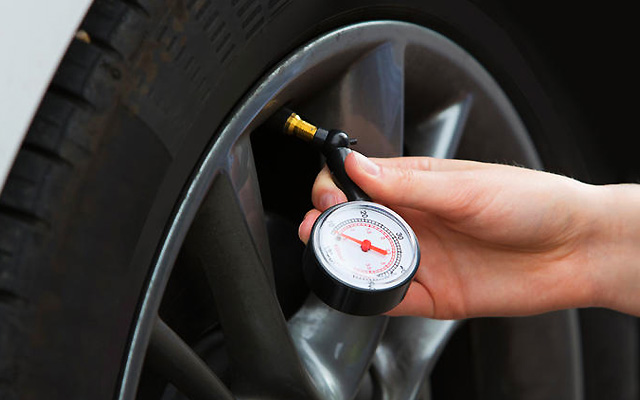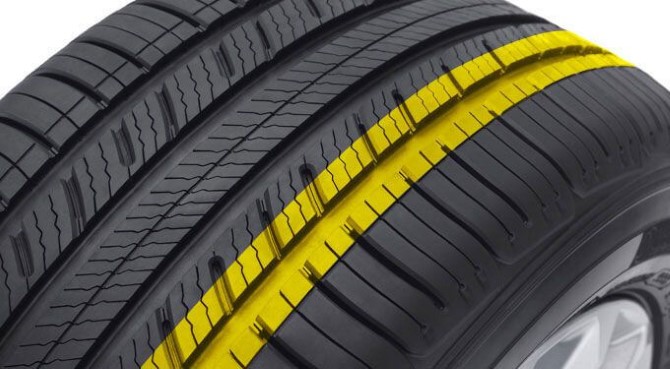WHEN WAS THE LAST TIME YOU CHECKED YOUR TYRES?
Today’s car are packed with so many features that the software running the infotainment system alone has more lines of codes than an entire car from two decades earlier.
We now have cars that pre-emptively brake and apply corrective steering if the driver is not reacting fast enough - all of which mean nothing if the driver doesn’t do the basics: wear their seat belts and maintain their tyres.
It doesn’t matter how good or how poor a car is because the only contact between the car and the road is via the four patches of rubber, which is also why changing to the right tyres is so important.
Apart from watching your speed and distance with other vehicles, the ability to brake and steer properly is extremely crucial – the last two are a function of your car’s tyres.
TYRE PRESSURE

The most basic of all tyre maintenance is of course tyre pressure. Apart from poor driving habits, the most common cause of high fuel consumption is under inflated tyres.
Incorrectly inflated tyres not only wear out your tyres faster, but also affects a vehicle's steering response.
Check for the correct tyre pressure rating for your car. It’s typically found on the driver’s side door sill or on the fuel tank door.
TREAD WEAR

Next is to inspect for uneven wear. Start by parking your car on level ground with good natural lighting, and turn the steering wheel to full lock on either side. On a correctly maintained tyre, the tread depth will wear evenly.
Unevenly worn tyres are a sign of incorrect tyre inflation pressure, or damage to a car's suspension.
A new tyre for passenger cars typically has around 7 to 8 mm of tread depth. Traffic regulations say that the minimum allowable limit is 1.6 mm, the point that all tyres’ tread depth indicators point to, but know that braking performance in the wet – crucial for our climate – drops considerably once a tyre’s tread depth goes below 50 percent. The advice is to change the tyres well before they are visibly worn.

You can use a gauge to check a tyre’s tread depth but a simple visual inspection works just as well. On most tyres, the tread depth indicator is identifiable by a small triangle. When the indicator bar is close to or is level with the tyre’s surface, it’s time to change the tyre.
TYRE ROTATION
Also, don’t forget to rotate your tyres, which depending on vehicle type, should be done at around every 10,000 to 15,000 km. As the front and rear tyres don’t wear out evenly due to the nature of a car’s weight distribution and steering, swapping the front tyres with the rear ones at regular intervals prolongs the service life of your tyres.

SOURCE / CREDIT - CARLIST

